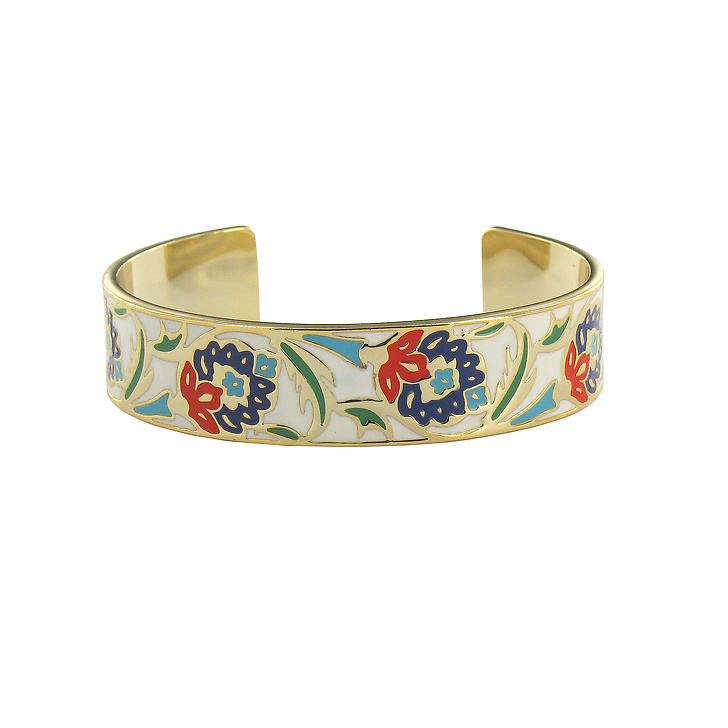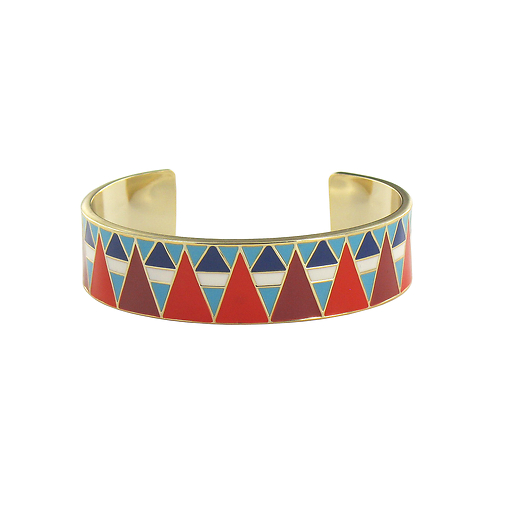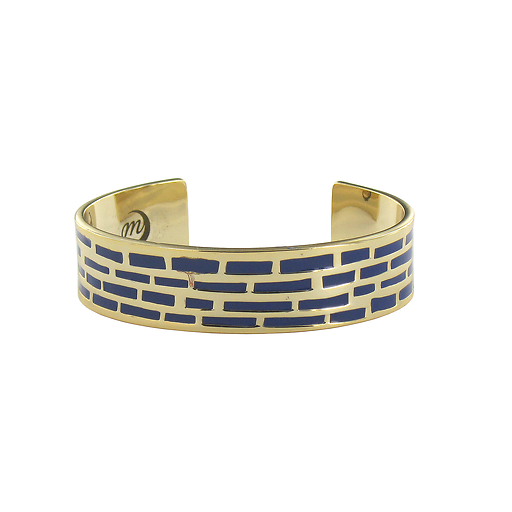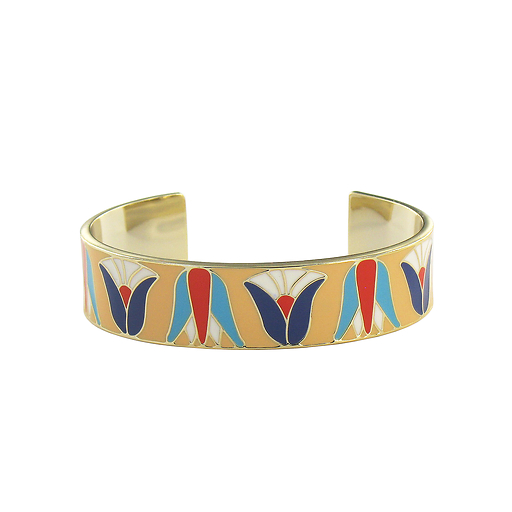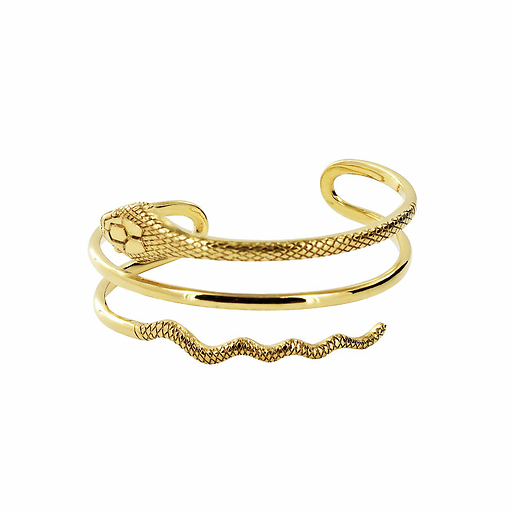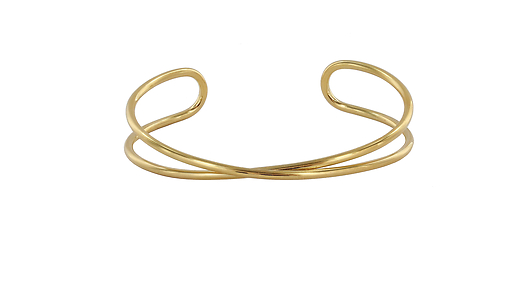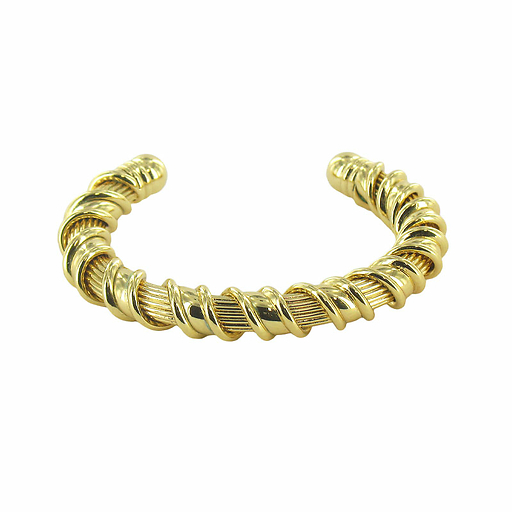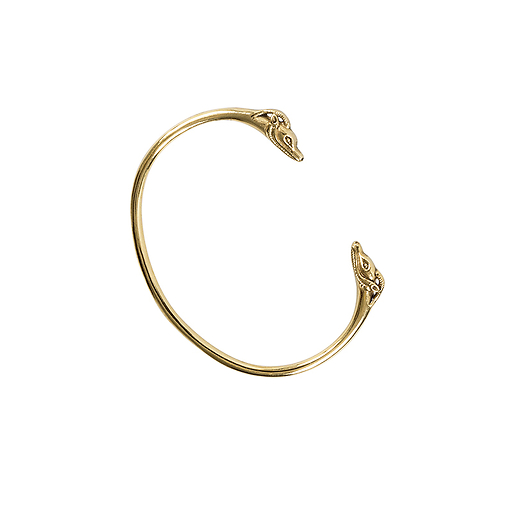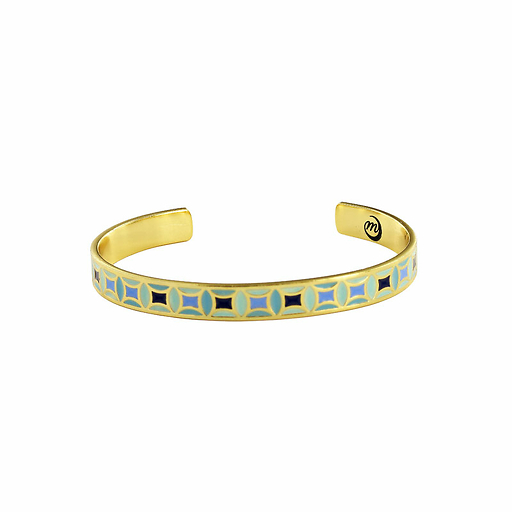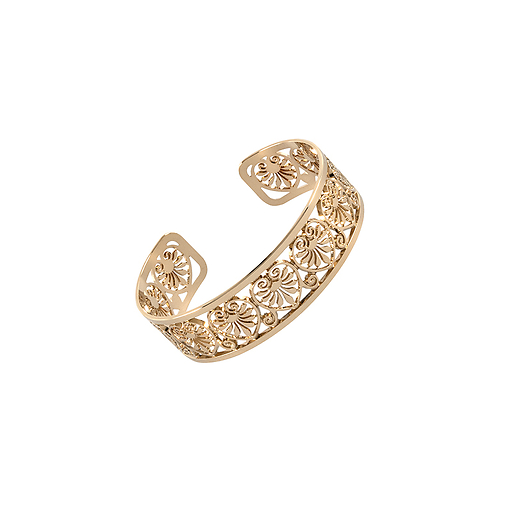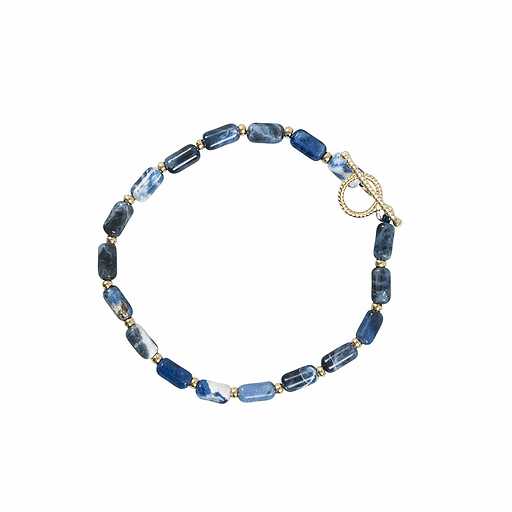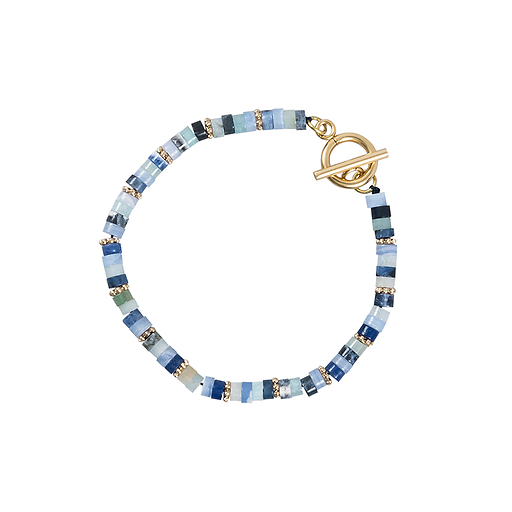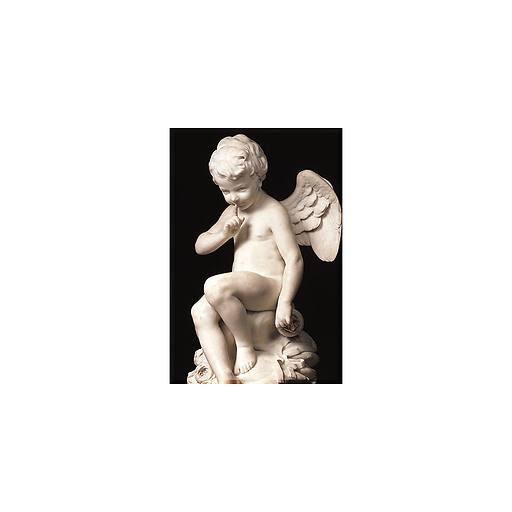Bangle bracelet Cini Flowers White
BB400355
Jewel inspired by the motifs of a ceramic tile known as "Iznik" designated in Ottoman Turkish by the term "çini".
In the last decades of the 15th century, in the Ottoman Empire a production of technically perfect ceramic tableware appeared, meeting the needs of an elite in demand for luxury and ceremonial...
Read more
Jewel inspired by the motifs of a ceramic tile known as "Iznik" designated in Ottoman Turkish by the term "çini".
In the last decades of the 15th century, in the Ottoman Empire a production of technically perfect ceramic tableware appeared, meeting the needs of an elite in demand for luxury and ceremonial objects. It will find one of its main manufacturing centres in the town of Iznik. Throughout the 16th century, the so-called "Iznik" ceramics, intended for the elite of the Empire, were also exported very quickly outside the Ottoman borders. The colour range of this production was gradually enriched, but the best known palette is the one that appeared from 1557 onwards, combining blue and turquoise, red and emerald green.
At the same time, ceramics are undergoing major stylistic changes. Among the various styles sometimes used simultaneously, one, in use since the 1520s, is called "saz style" and features exuberant compositions combining fantastic flowers and long, serrated leaves. In the 1540s, another style, the "floral style" appeared. It combined much more realistic flowers, carnations, tulips, hyacinths, rosehips... The latter gradually became a real trademark of Iznik ceramics, particularly from the 1560s onwards, when it was staged in the new colour harmonies in which red, blue and green were dominant.
Material: gold-plated brass, resin.
Keep the jewel away from dust and moisture.
Avoid contact with perfume, chemicals and cosmetics; avoid getting the jewel wet.
Close
Sold by GrandPalaisRmn

